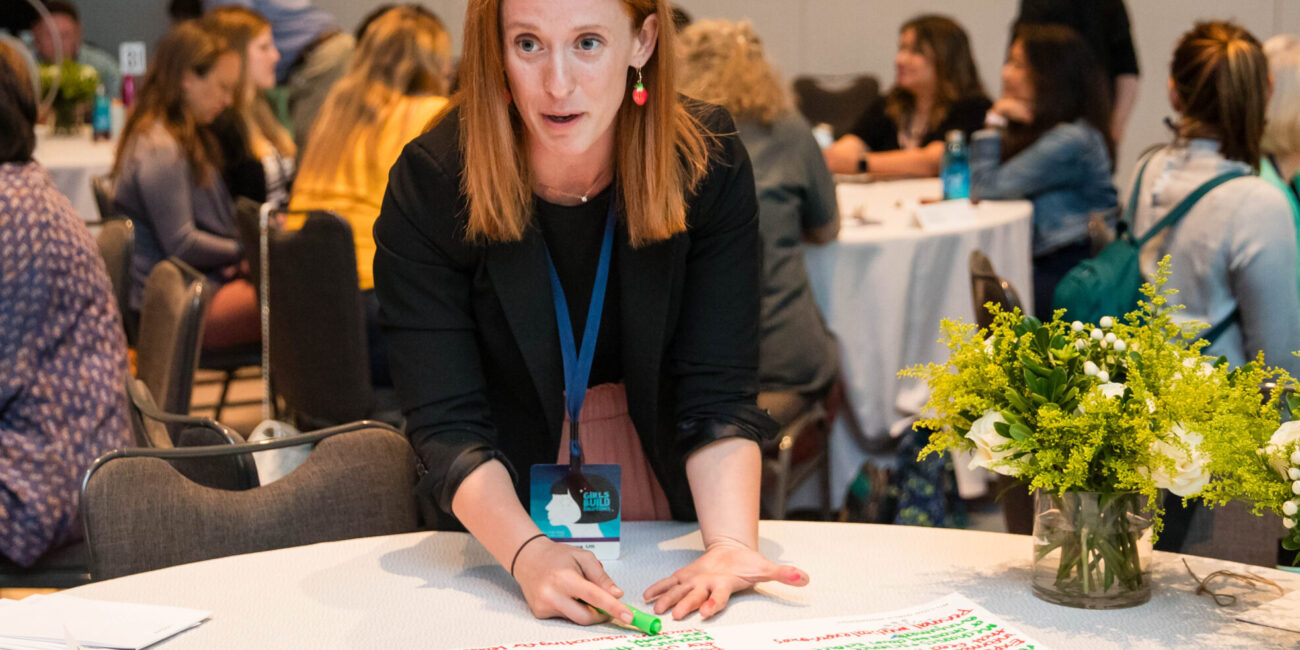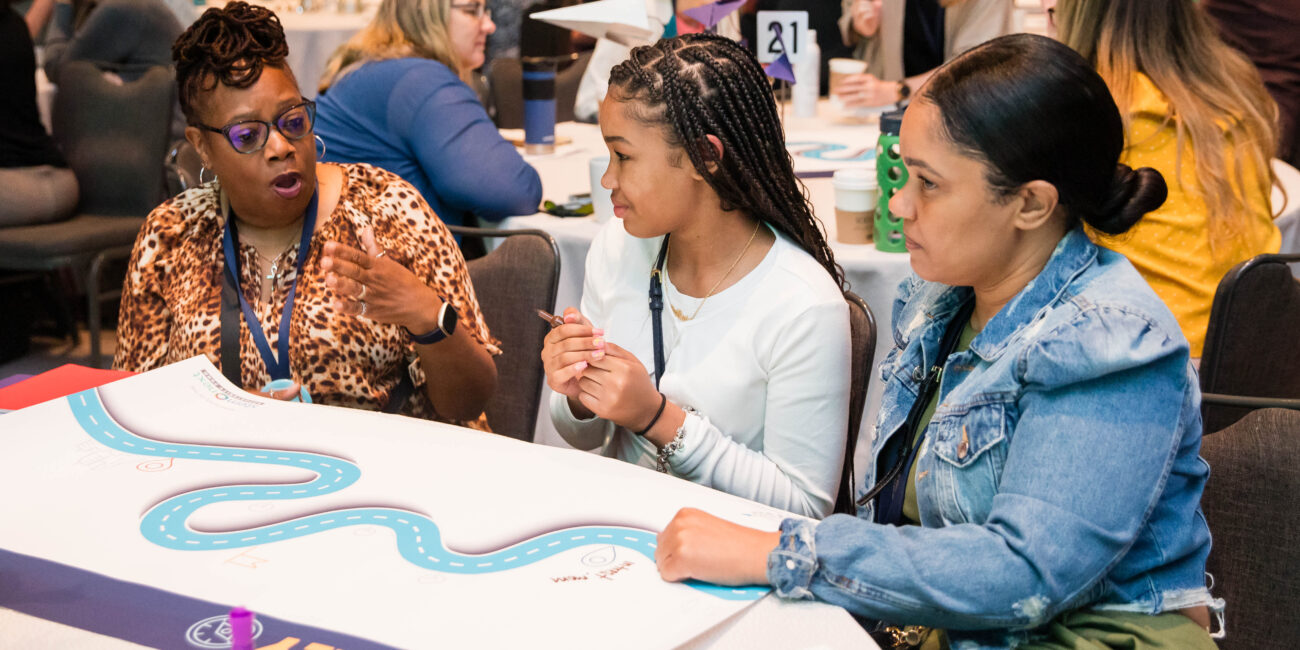Making Connections to Support STEM Transitions

Strategy 8
Open portfolios to track STEM learning and progress across settings
Making Connections, aims to understand and support transitions and handoffs that remove barriers and connect youth to STEM learning opportunities.
Understanding how to make connections across settings in systematic ways can support the study of, replication, and scaling of strategies for making connections across settings in out-of-school STEM learning.
Strategy 8: Open portfolios to track STEM learning and progress across settings
Strategy 8 is about supporting youth in using an open portfolio to track progress of their creative and STEM-focused work (e.g., like a multimedia resume or arts portfolio).
Why would you use this strategy?
This strategy is for youth to keep track of and demonstrate their successes and progress and allow for further exploration of what interests them. Portfolios can be used for college admissions, job searches, and other enrichment opportunities.
Who would use this strategy?
Networks and programs that need to find ways to track and show robust evidence of youths’ STEM learning.
“These kids had a number of opportunities and experiences that they had been participating in, and this was a place that they coiuld keep all of this and look back and say ‘oh wow look at everything I’ve done.’”
-Deanna, Propel Afterschool
Target Outcomes
- A resume/portfolio curated and developed by youth that helps them to track their successes and progress.
- The resume/portfolio serves to build youths' confidence in STEM-related interests and creative pursuits and can unlock potential opportunities (e.g., to an internship).
Important Considerations
- Consider how to coordinate across settings to understand what youth do in each and how those activities might be tracked.
- Tailor the tracking process to learners and context.
- Designate an educator to lead the portfolio building process for students and decide on tool(s) to use whether low or high-tech (e.g., Tallo).

Design Considerations at the Network Level
- Host communities of practice (CoP) to support programs implementing portfolios strategies.

Design Considerations at the Program Level
- Build portfolio tracking work into existing practices.
- Start from the interest of youth and teachers in the portfolio-building process.
- Tapping students to track their own progress and achievement across sites.
- Incentivize youth in the here-and-now to support tracking progress (e.g., finding ways to pay them to input their work).
Case Study: “STEM and Art Really Become One”: Making Progress Visible Across Settings through Open Portfolios at Propel Afterschool in PSAYDN
Making Progress Visible Across Settings through STEM + Arts Portfolios
As young people learn across settings, including in-school, out-of-school, and online contexts, they can track their progress to make connections across learning environments through systems that help to surface and make this progress visible to different communities. One way youth can make their progress in a variety of activities visible across settings is through an open portfolio system, defined as portfolios that are openly networked, curated, and authored by the young person. These open portfolios are often online and leverage new technologies to support the quick modification.
For Propel Afterschool, curating and developing portfolios is an embedded part of their practice given their background as an organization founded with a strong arts emphasis. Historically, portfolios have been a tool for assessment to support designers and artists in tracking progress and showcasing their work for a particular purpose (e.g., when applying for a job, submitting for college admissions, to build a collection of one’s work). As a formative assessment, portfolios showcase both the process and products of learning, thus offering a distinctly different story of a learner’s journey than a traditional standardized assessment measure might.
Connections between and across STEM learning settings and experiences can promise to foster meaningful, lifelong STEM learning for youth, yet the detailed and concrete mechanisms for how this learning is connected remains unclear. Little is known about how STEM learning is connected in systematic and sustainable ways.
Making Connections, aims to understand and support transitions and handoffs that remove barriers for youth by connecting STEM learning across ages and settings, ensuring youth interest and motivation persists.
These products are based on research conducted through a collaboration between the Connected Learning Lab at University of California Irvine and STEM Next and their regional partners. It was made possible thanks to the generous support of The Gordon and Betty Moore Foundation and Samueli Foundation.
Strategy eight is is one of eight still-evolving strategies, for coordinating and brokering connections across settings in STEM ecosystems. These are intended to serve as tools for making connections across settings to support STEM transitions and unlock academic, workforce-related, and civic opportunities for all youth, especially underrepresented groups like girls, youth of color, and youth from low-income families.





